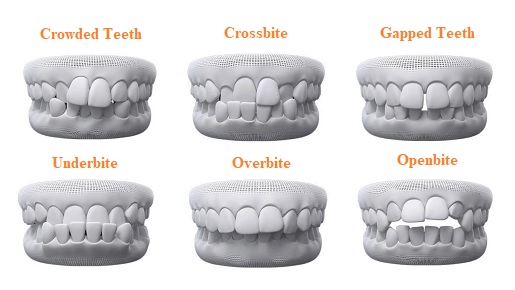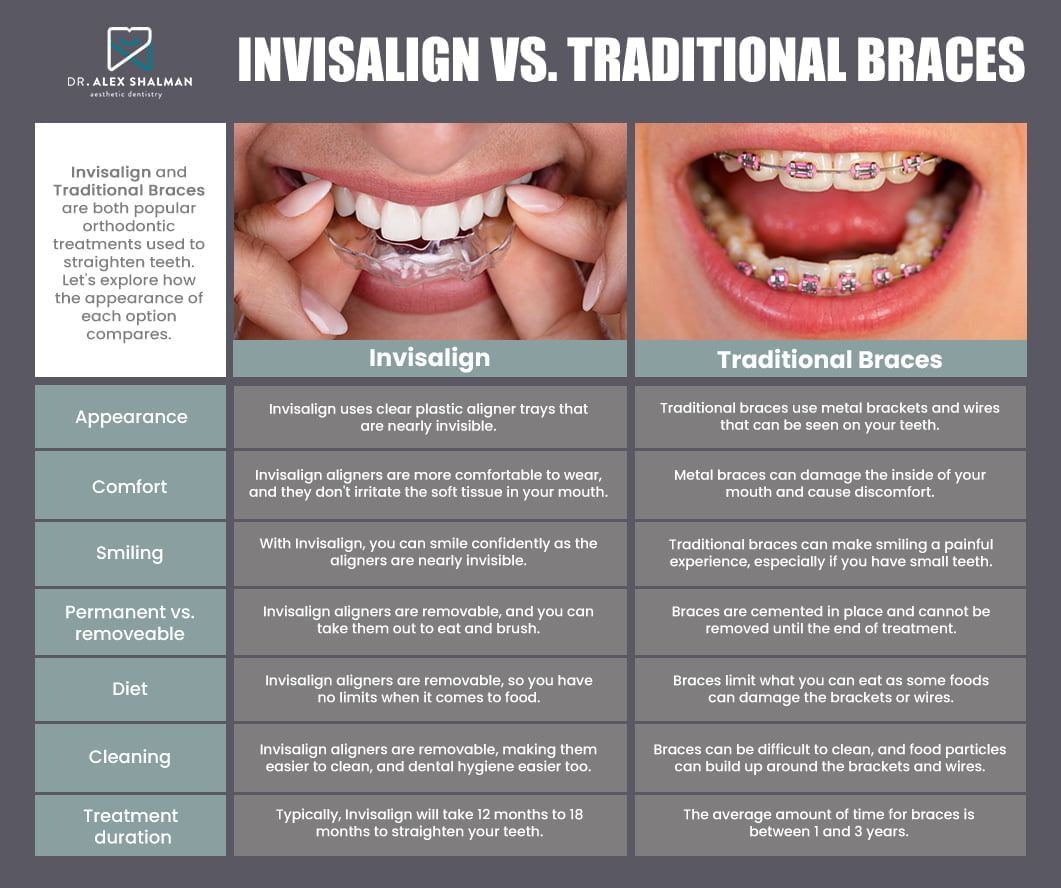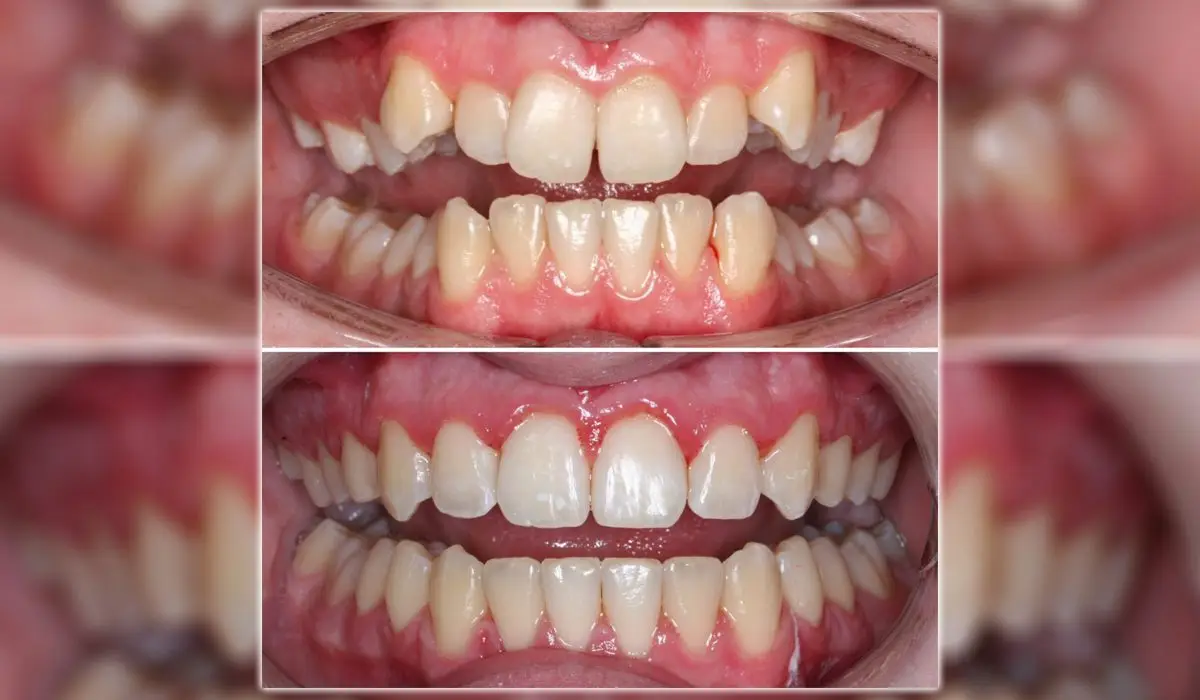Success Stories: How Invisalign Changed Lives and Boosted Confidence
Success Stories: How Invisalign Changed Lives and Boosted Confidence
Blog Article
Invisalign vs. Traditional Braces: Which Alternative Is Right for You?
When thinking about orthodontic treatment, the option between Invisalign and traditional braces presents several important factors that warrant cautious analysis. Invisalign supplies a very discreet choice with removable aligners, while conventional braces offer a more noticeable yet efficient service for severe misalignment.
Overview of Therapy Options

In contrast, typical braces include steel brackets and wires that are bound to the teeth. This method uses continual pressure gradually to attain alignment. While efficient for intricate orthodontic issues, typical braces call for normal check outs for changes and can present obstacles in preserving oral hygiene because of the problem of cleaning around wires and brackets.
Both choices have their qualities, and the option commonly pivots on details dental conditions, lifestyle choices, and person conformity. Ultimately, seeking advice from an orthodontic specialist is crucial for figuring out one of the most ideal therapy strategy customized to specific demands. Recognizing the subtleties of each option can substantially affect the general success of orthodontic therapy.
Aesthetic Considerations
A considerable variable influencing the choice between Invisalign and conventional braces is the visual allure each therapy supplies. Invisalign aligners are crafted from clear plastic, making them virtually unseen when put on. This very discreet appearance is particularly appealing to young adults and grownups who may really feel awkward concerning their orthodontic therapy. The capability to keep a natural smile throughout the alignment procedure can significantly enhance the person's self-confidence in social and expert setups.
On the other hand, conventional dental braces contain metal brackets and cords, which can be much more noticeable. While advancements in orthodontic innovation have actually caused the development of smaller sized brackets and colored elastics, traditional braces still keep a more obvious profile. For some people, the visibility of braces might prevent them from looking for needed treatment.
Eventually, the choice between Invisalign and traditional dental braces may depend upon individual preferences concerning looks. Clients that focus on discernment usually favor Invisalign, while those that are less concerned concerning visibility may opt for standard dental braces. Comprehending the visual ramifications of each choice is essential for making a notified choice that aligns with one's lifestyle and choices.
Convenience and Convenience

In regards to ease, Invisalign aligners are detachable, allowing clients to enjoy their favored foods without limitation and maintain optimum oral hygiene. Cleaning and flossing are simplified, as the aligners can be gotten throughout these regimens, whereas conventional dental braces need cautious maneuvering around braces and cables.
Furthermore, Invisalign's progressive system enables less orthodontic brows through. People normally receive numerous sets of aligners at the same time, which can enhance the treatment process and decrease time invested in the orthodontist's chair. In contrast, conventional dental braces require routine adjustments, making them less YOURURL.com hassle-free for those with hectic schedules. Invisalign. On the whole, the convenience and benefit of Invisalign make it an appealing selection for numerous individuals seeking orthodontic therapy.
Therapy Period and Effectiveness
While both Invisalign and typical braces work in fixing oral misalignments, the period of treatment can vary significantly in between the 2 choices. Commonly, Invisalign treatment can take anywhere from 12 to 18 months, depending upon the intricacy of the instance. The clear aligners work by slowly changing teeth right into their wanted positions, and normal follow-ups with an orthodontist aid make certain progress stays on the right track.
In comparison, typical braces typically call for a longer dedication, generally varying from 18 months to three years. This is due to their fixed nature and the use of brackets and cables, which can be a lot more reliable for serious misalignments and complicated instances (Invisalign). The treatment effectiveness of standard dental braces is well-documented, as they permit exact modifications and higher control over tooth motion
Ultimately, the choice between Invisalign and typical dental braces might rest on both the expected treatment duration and the specific oral problems available. Consulting with an orthodontist is critical, as they can provide customized referrals based on individual needs, guaranteeing the chosen approach straightens with wanted timeframes and end results.
Price Contrast and Insurance Policy Alternatives
Price plays a considerable role in the decision-making procedure for people thinking about orthodontic therapy, whether selecting Invisalign or typical braces. Usually, the expense of Invisalign ranges from $3,000 to $8,000, while typical braces usually set you back between $2,000 and $6,000. Factors affecting these costs consist of the complexity of the instance, the duration of therapy, and geographical place.
Insurance insurance coverage can substantially impact out-of-pocket expenditures. Lots of dental insurance policy plans offer partial insurance coverage for orthodontic therapies, yet the specifics can vary widely. It is crucial for clients to evaluate their insurance plan to identify the level of coverage for either choice. Generally, standard dental braces may be a lot more frequently covered by insurance coverage strategies compared to Invisalign, which some insurance companies categorize as a cosmetic treatment.
Furthermore, numerous orthodontic techniques offer versatile layaway plan, making both treatment alternatives more available. People should ask regarding prospective financing options and discounts for upfront payments. Examining the overall expense, consisting of insurance policy advantages and settlement strategies, is crucial for making an educated choice that lines up with both visual choices and budget plan considerations.

Verdict
In recap, the option in between Invisalign and conventional braces rests on numerous variables, consisting of aesthetic preferences, comfort, treatment duration, and price. Invisalign supplies a very discreet, removable option that facilitates dental health and dietary versatility, while you can try these out typical dental braces may be better for complex oral concerns and commonly come at a reduced cost point. Ultimately, appointment with an orthodontist is necessary to evaluate private circumstances and identify one of the most suitable treatment choice for achieving optimum oral alignment.
When considering orthodontic treatment, the option in between Invisalign and typical braces presents numerous essential factors that warrant careful evaluation.Contrasting Invisalign and conventional dental braces discloses distinct therapy options for orthodontic correction.While both Invisalign and standard dental braces are efficient in dealing with dental imbalances, the duration of therapy can vary dramatically between the 2 options.Expense plays a substantial role in why not look here the decision-making procedure for individuals taking into consideration orthodontic treatment, whether choosing for Invisalign or typical braces.In summary, the selection between Invisalign and conventional dental braces hinges on several variables, including aesthetic choices, comfort, treatment period, and price.
Report this page